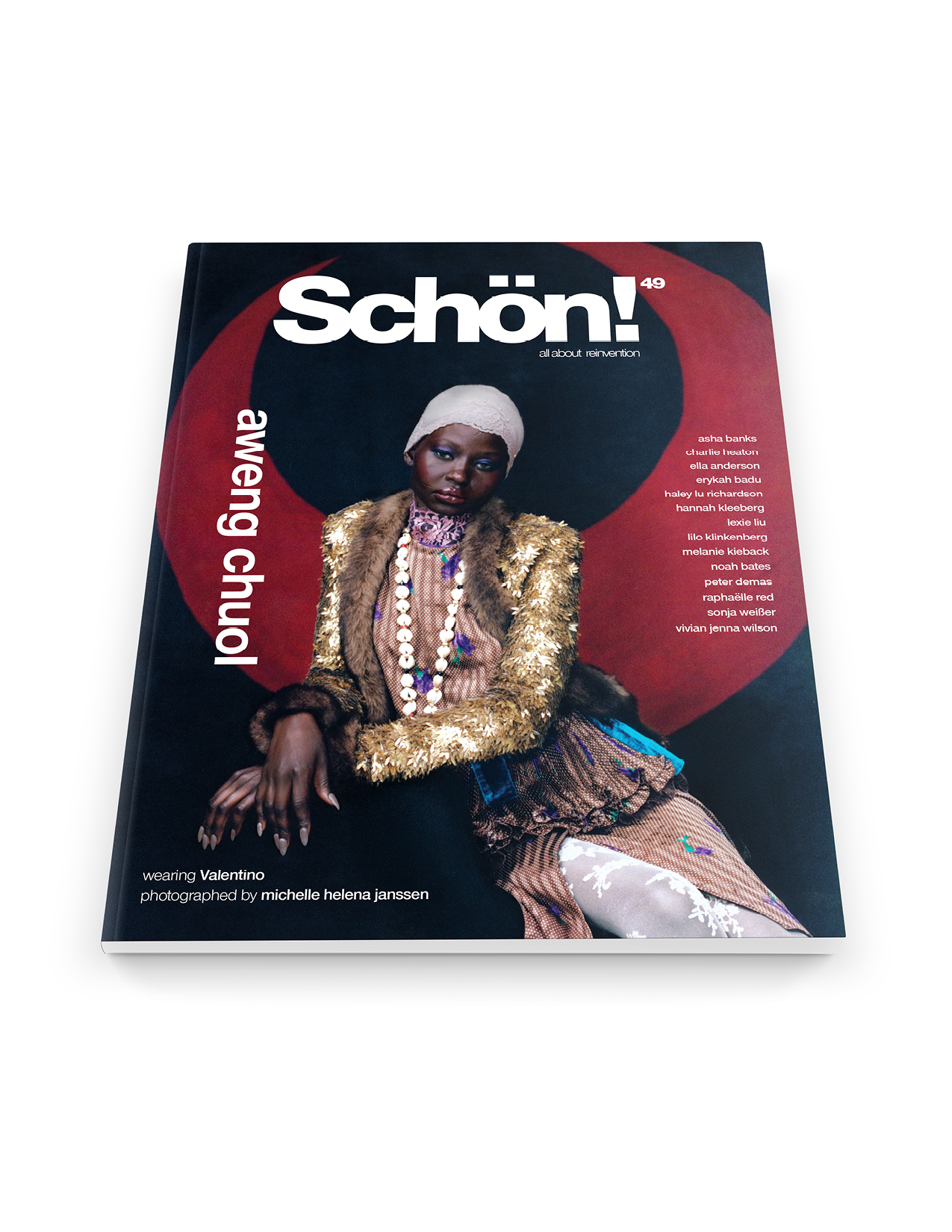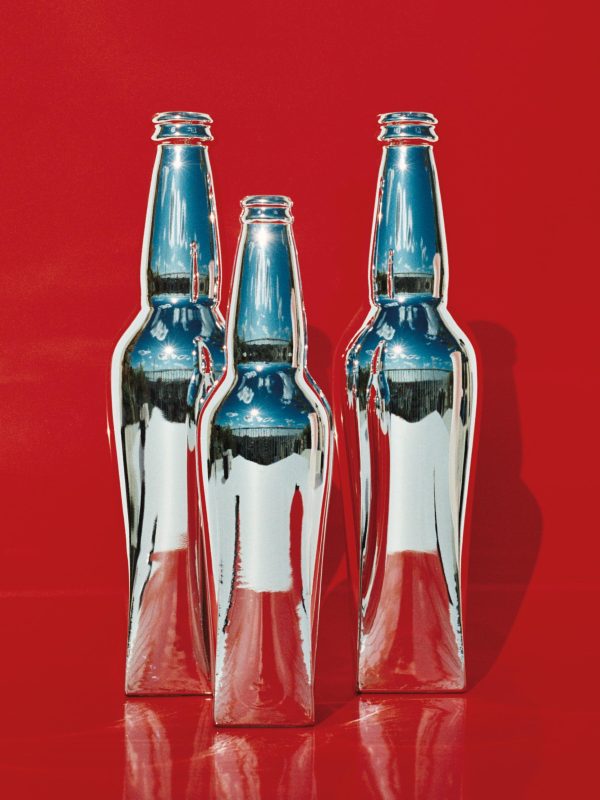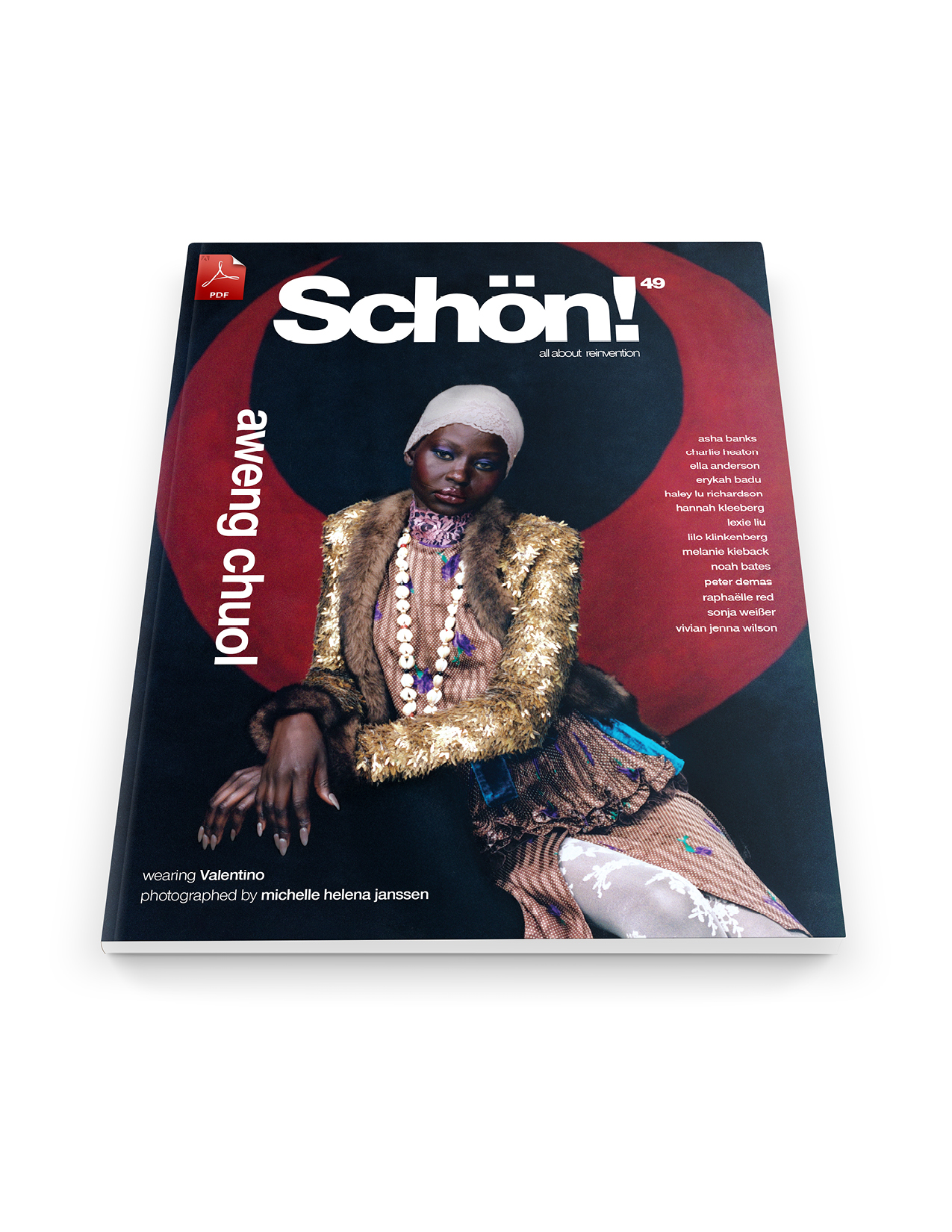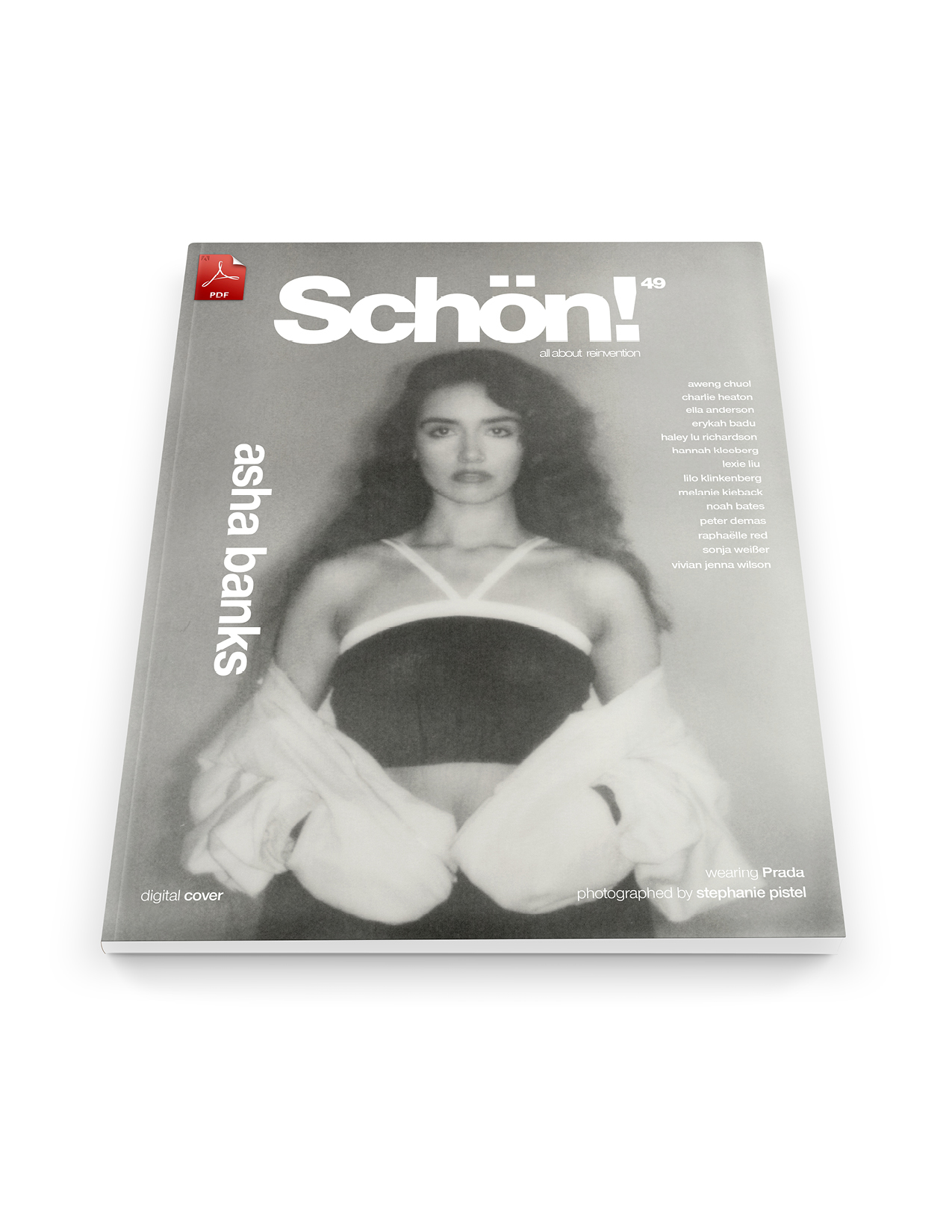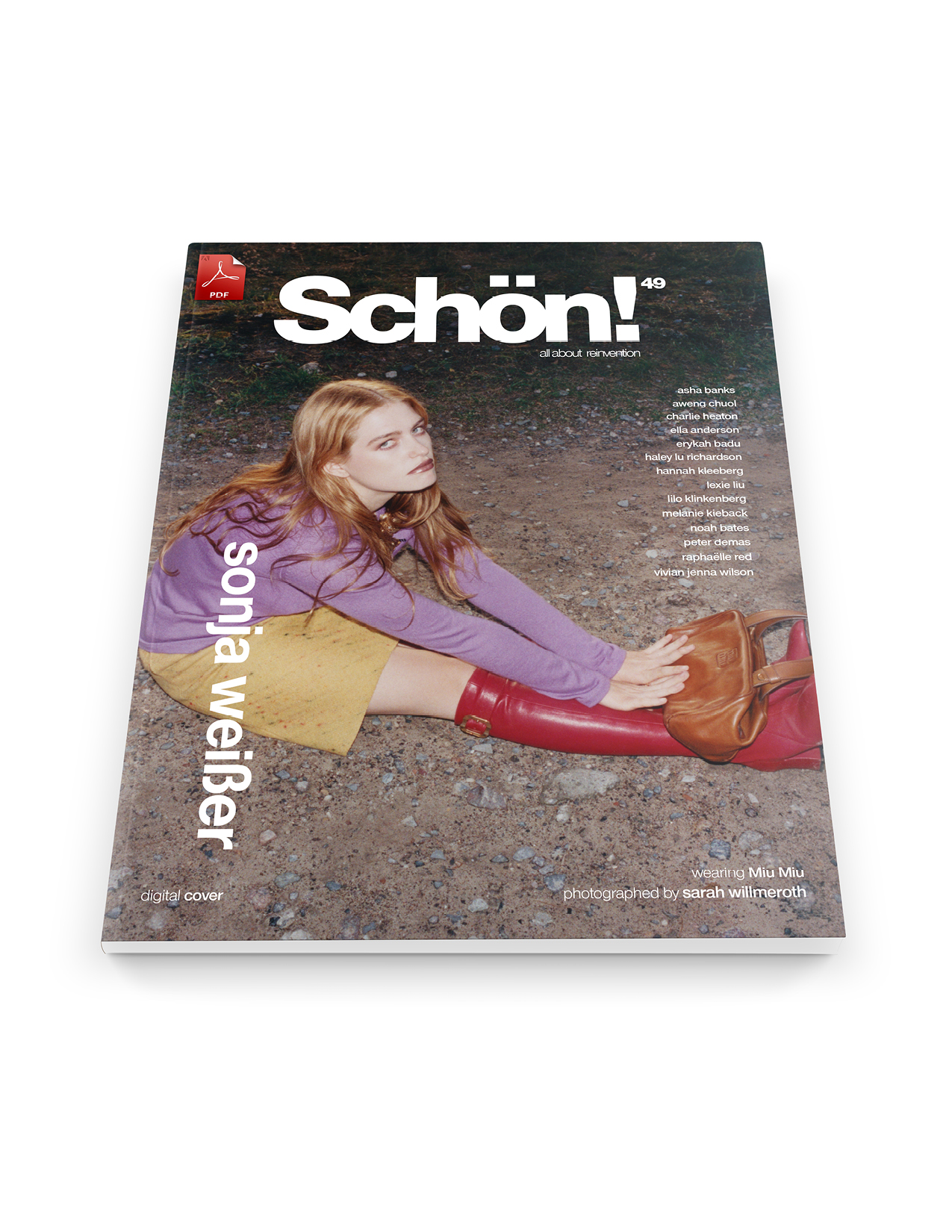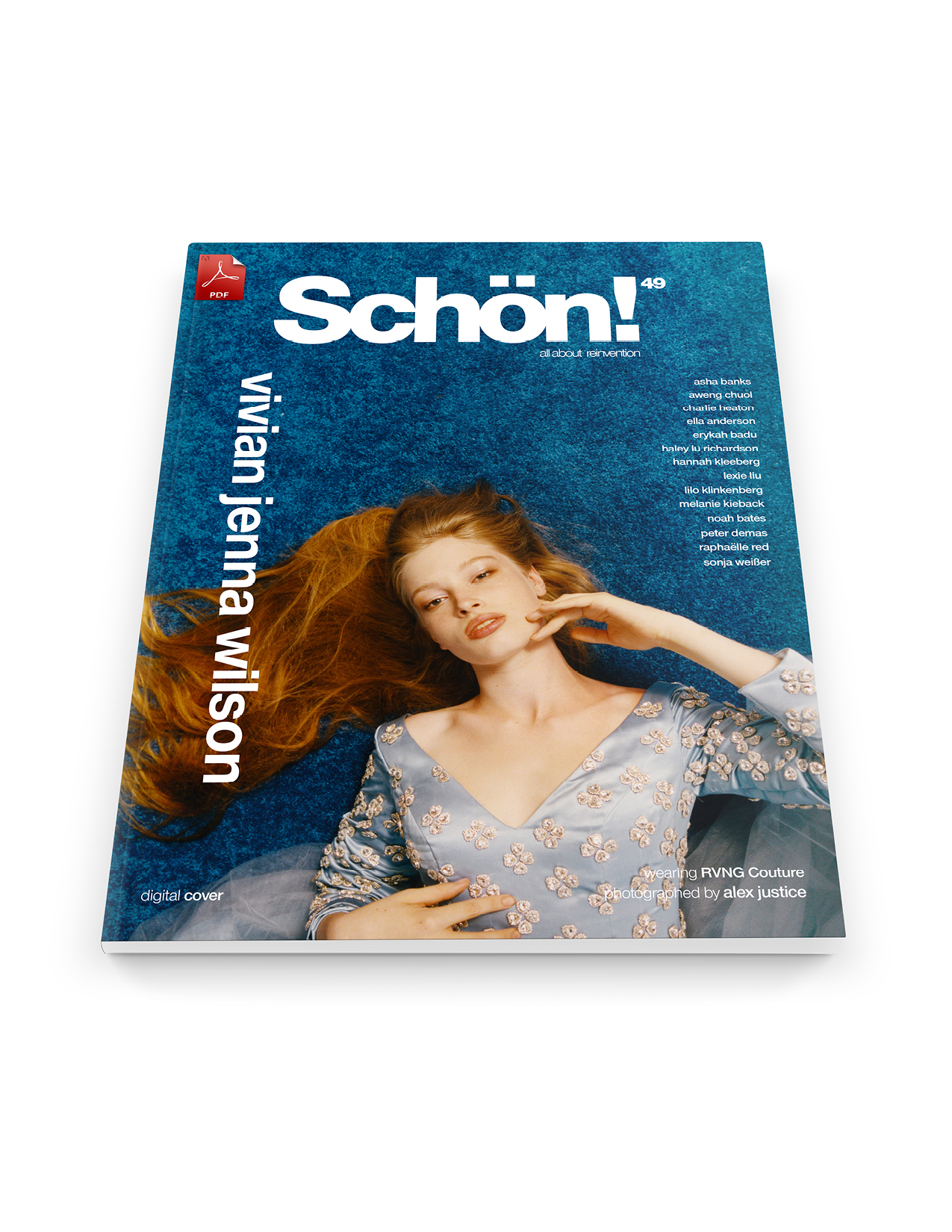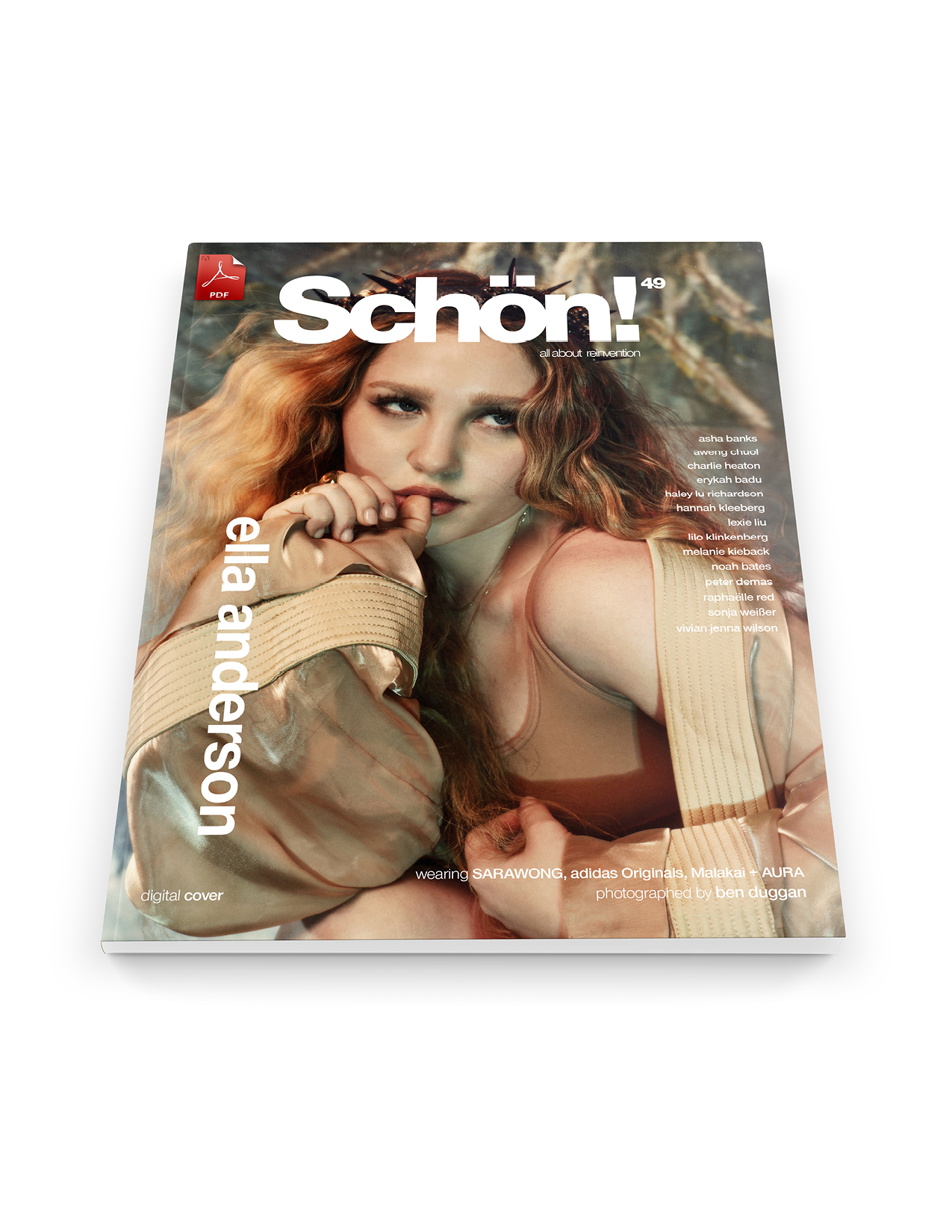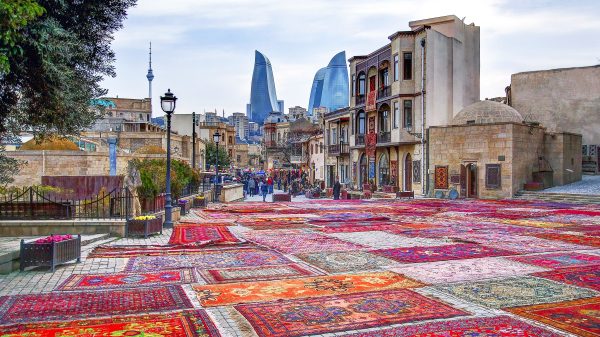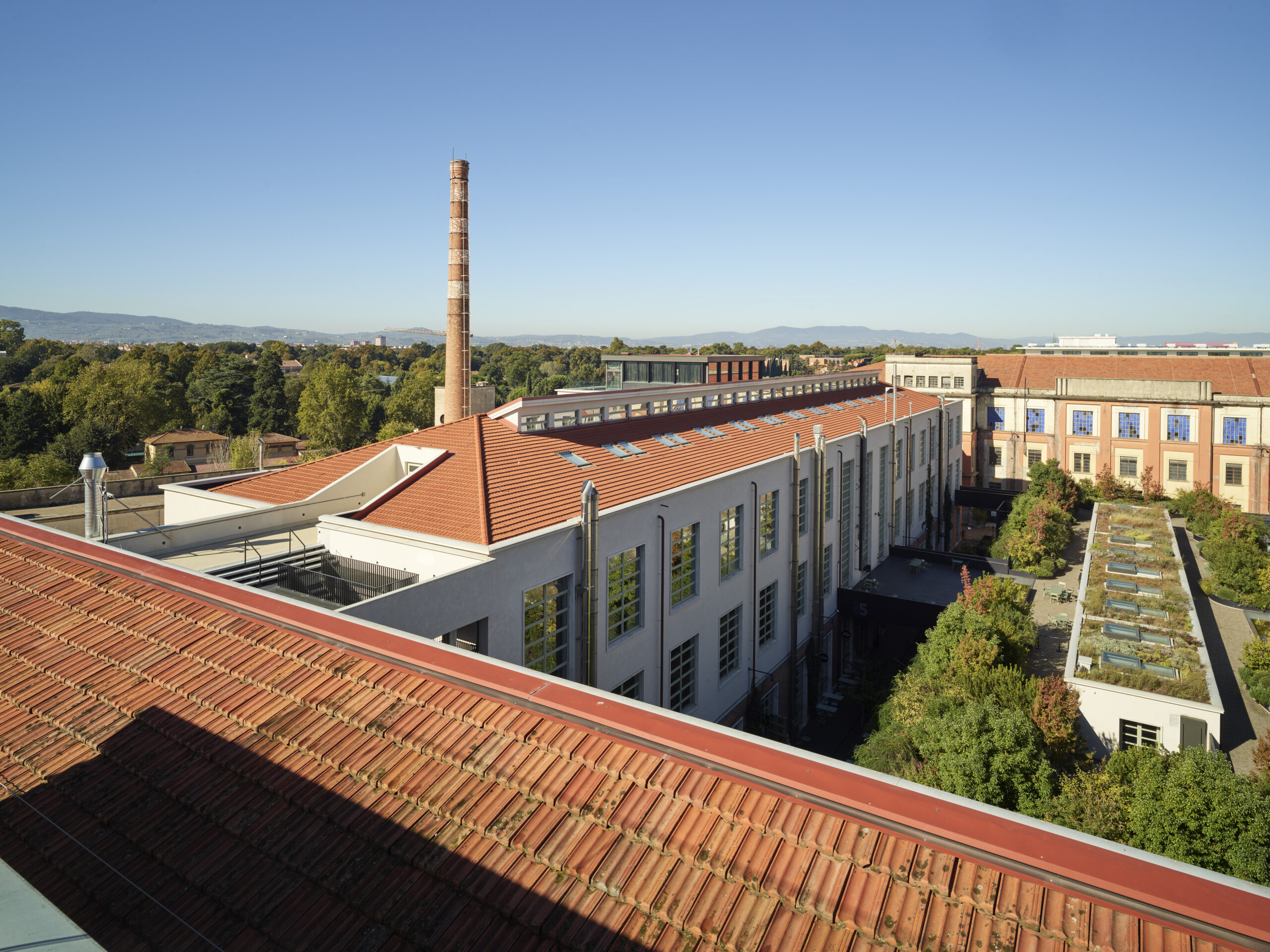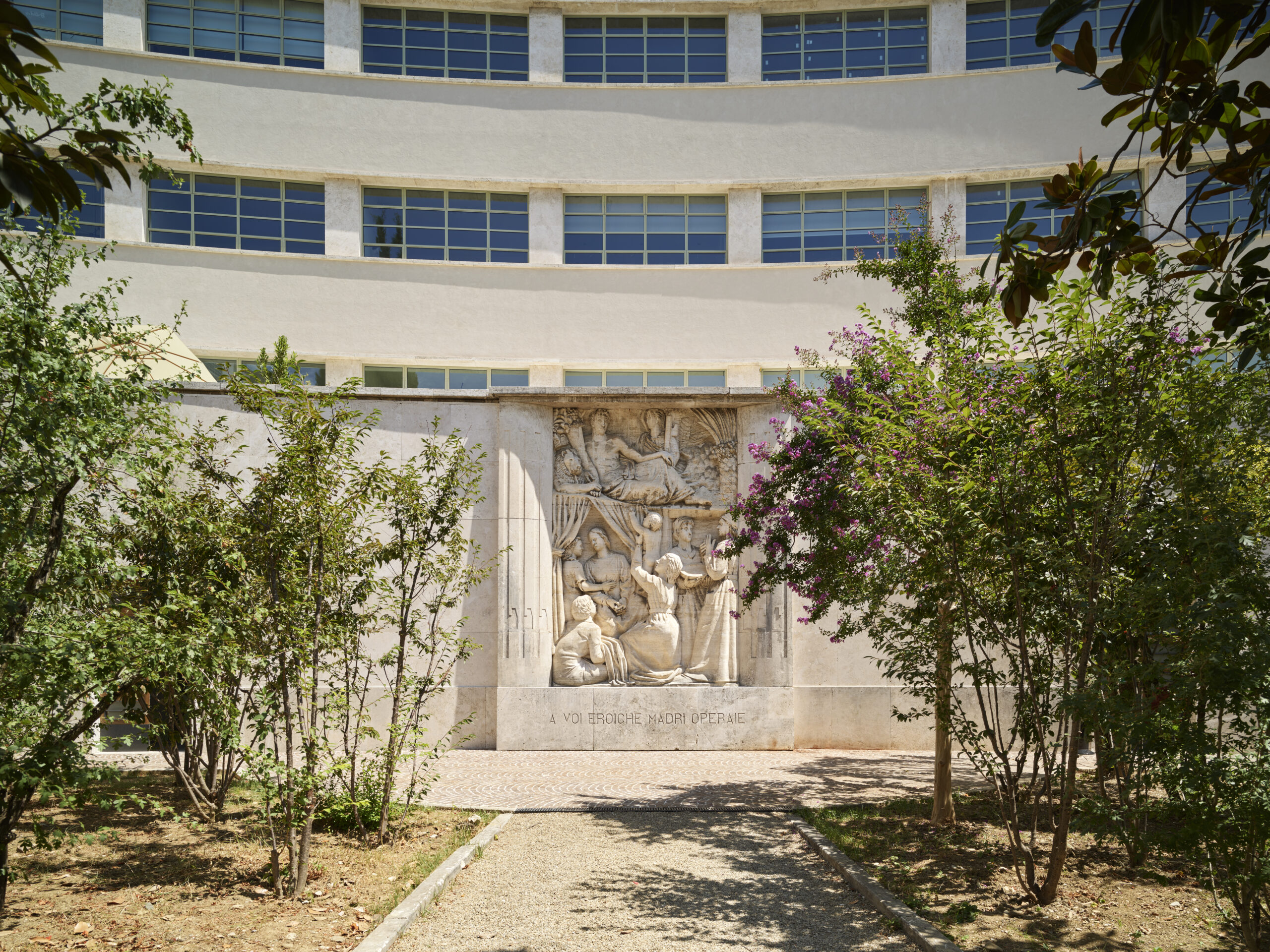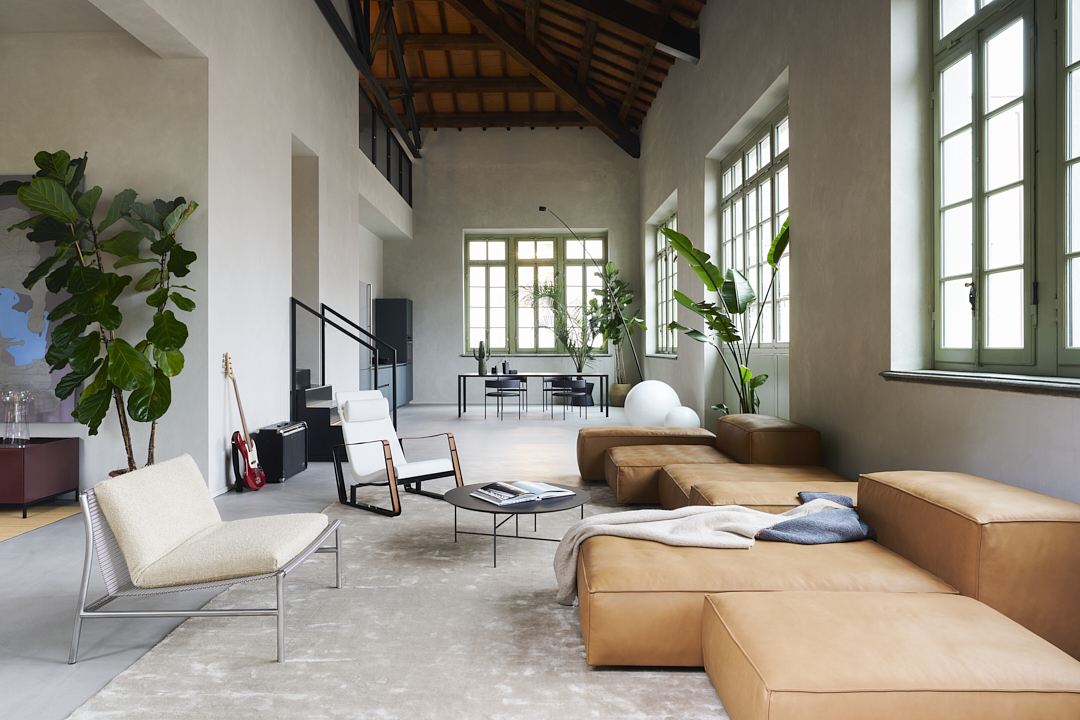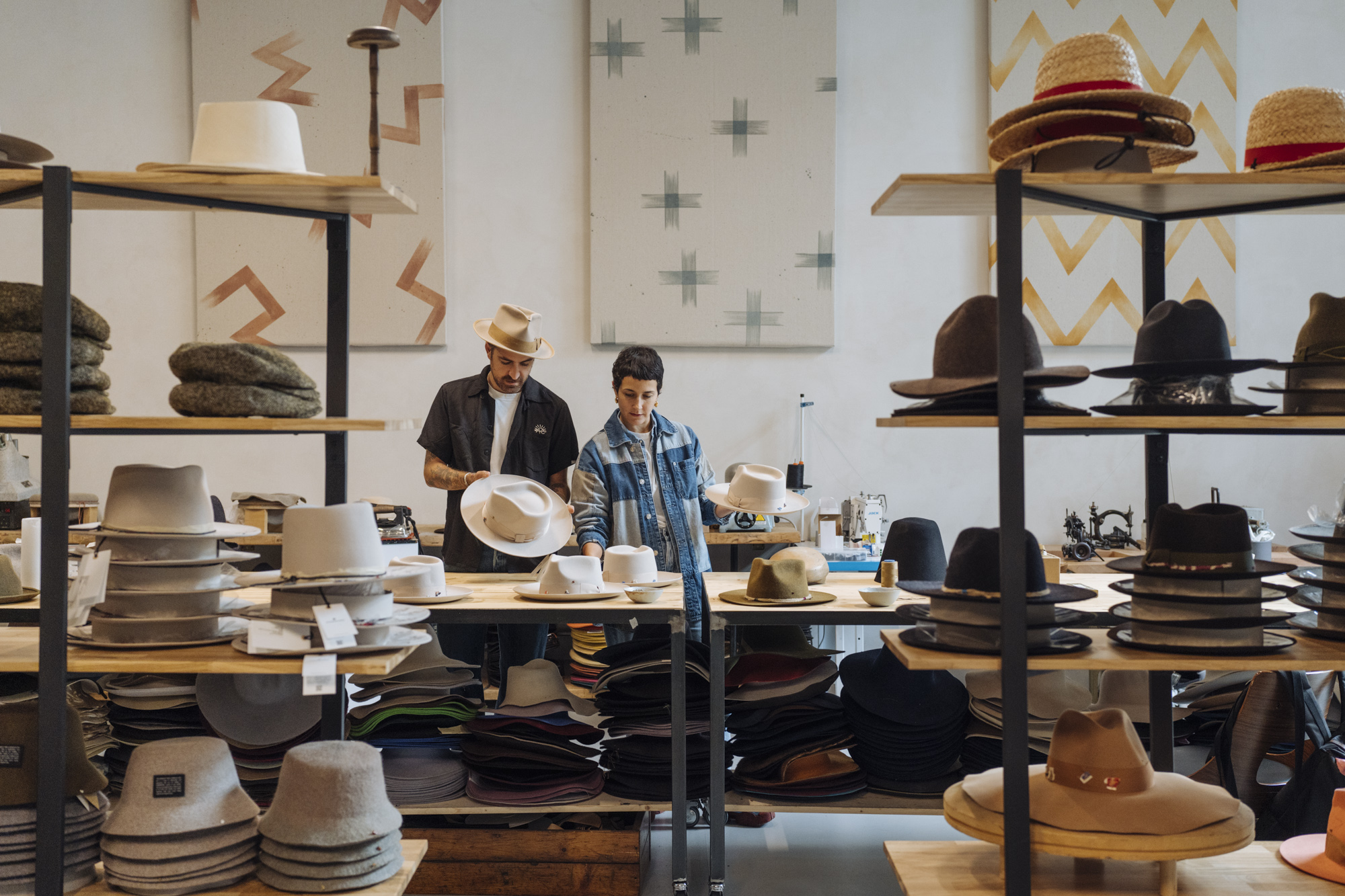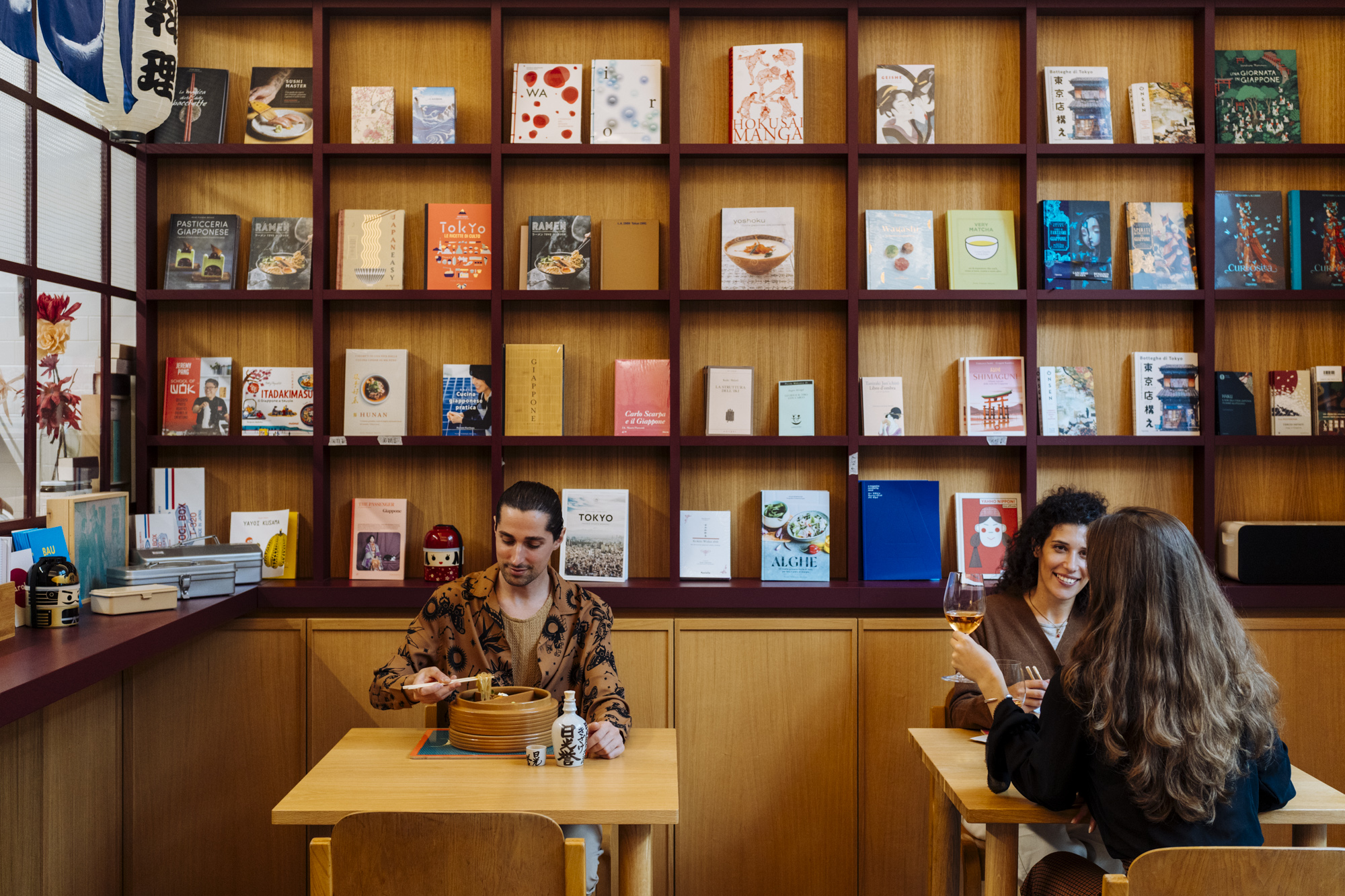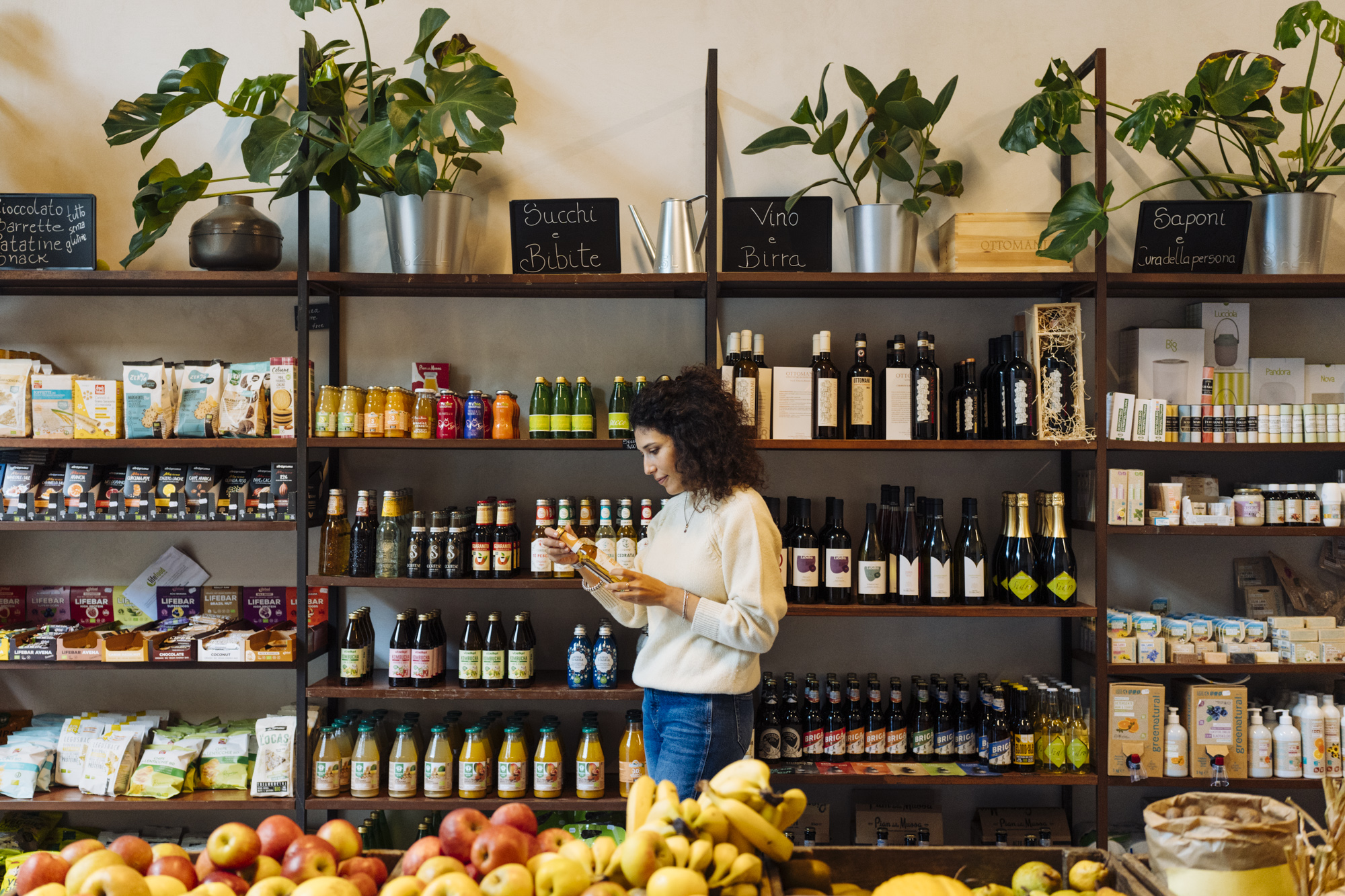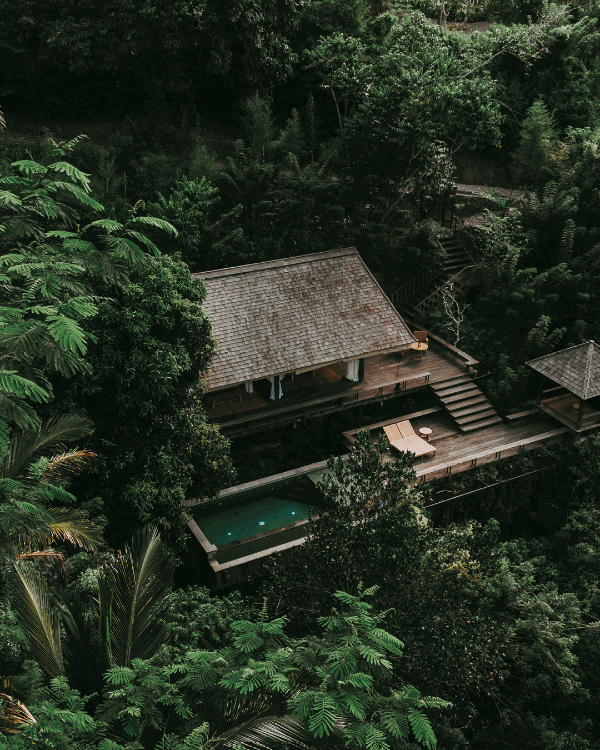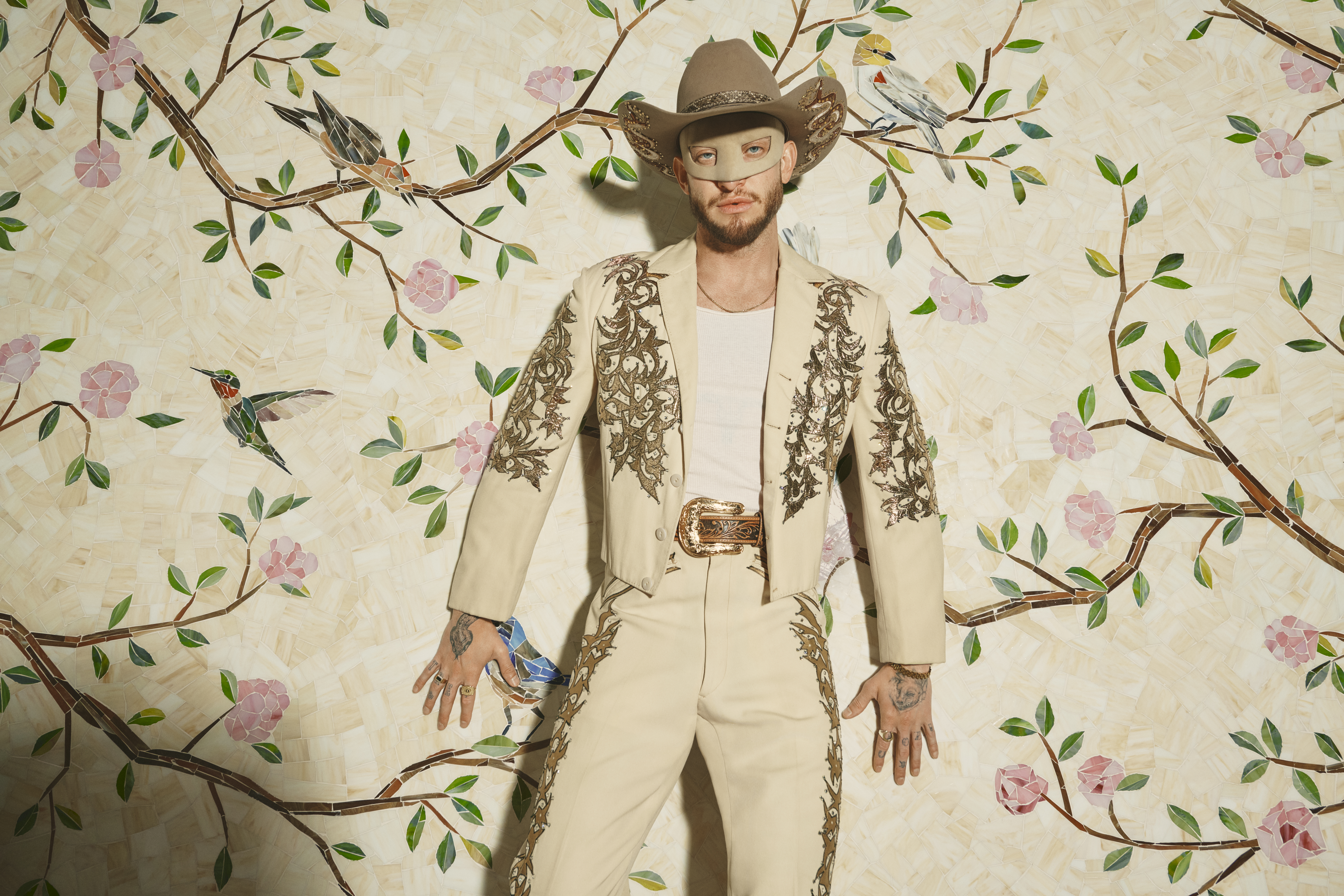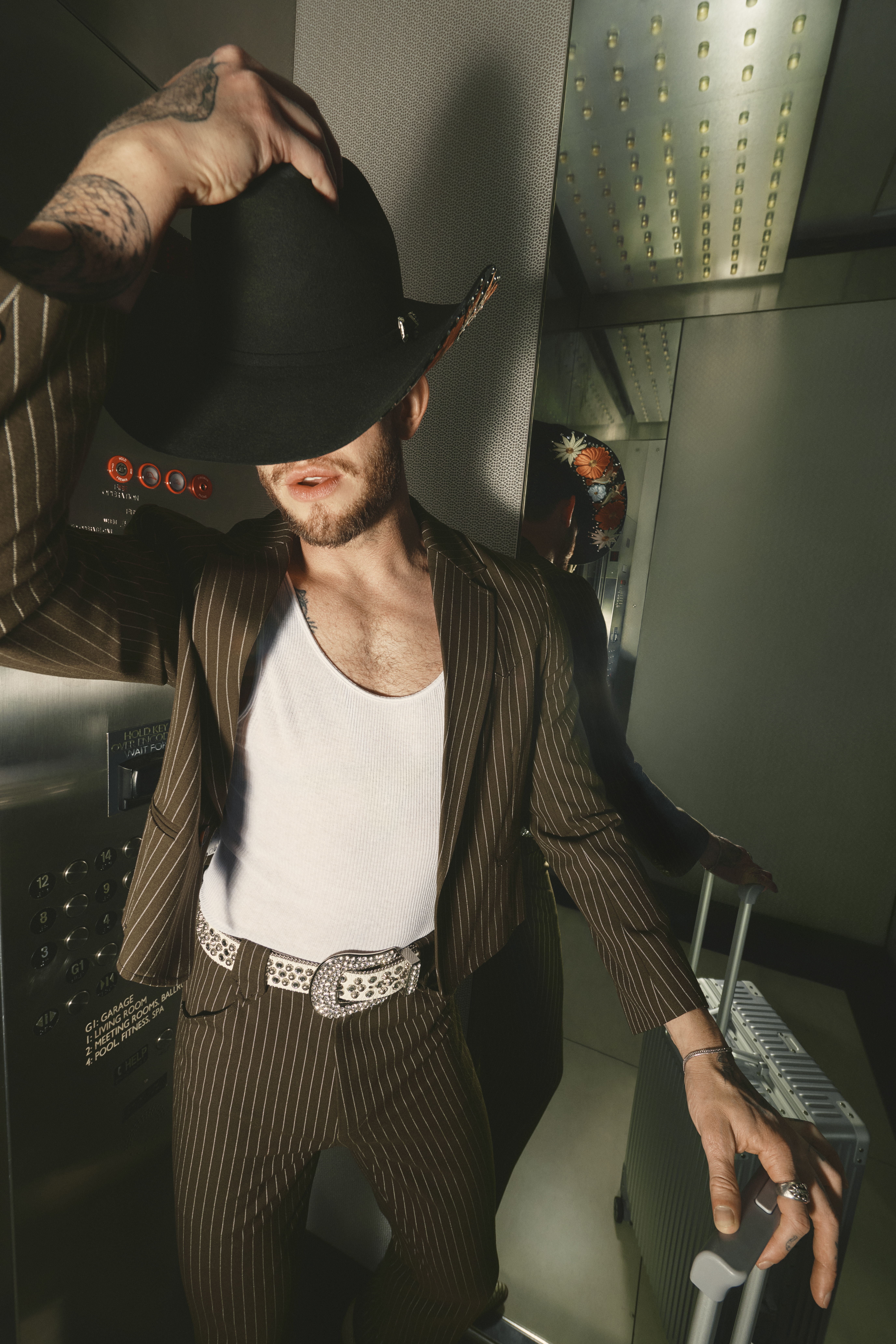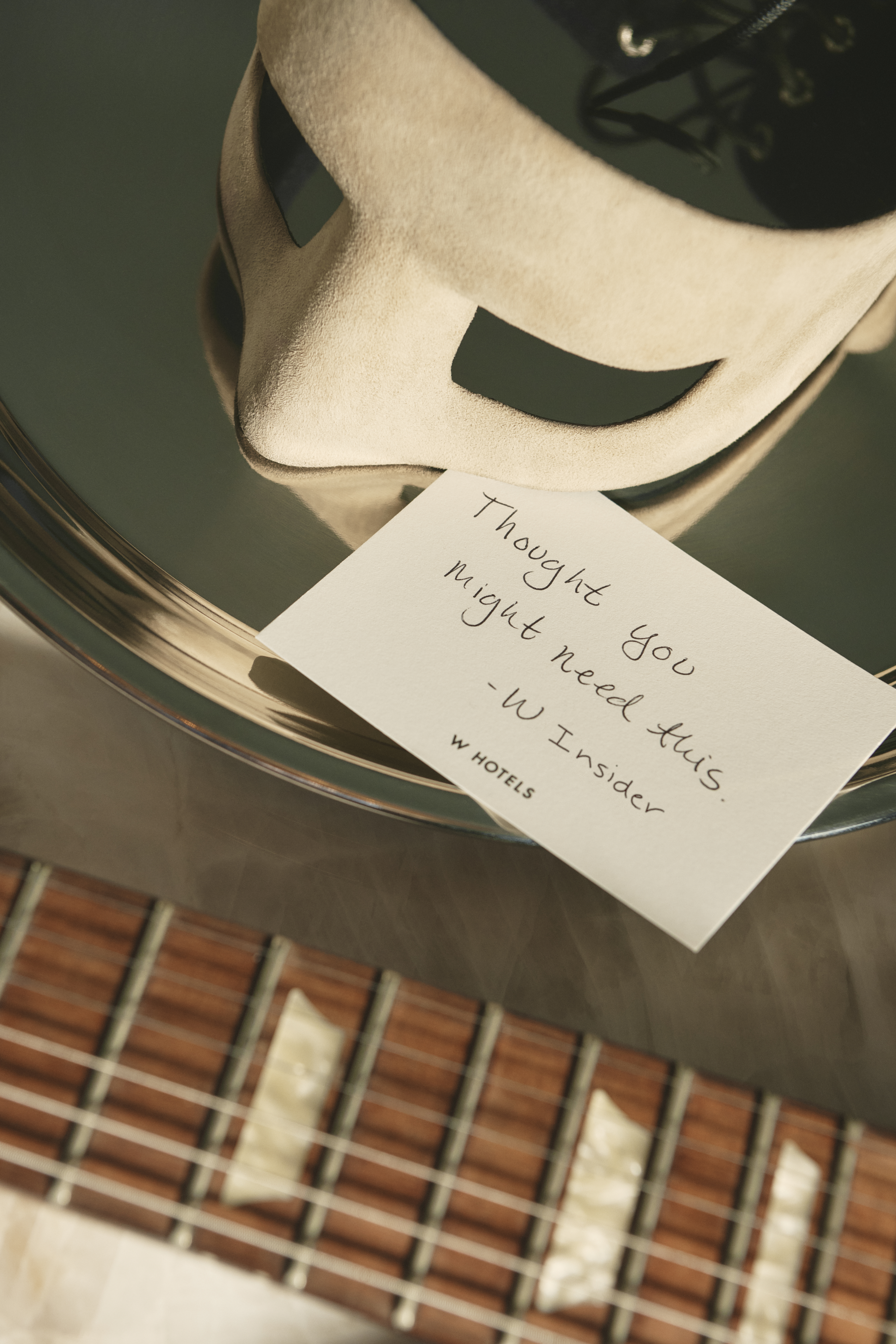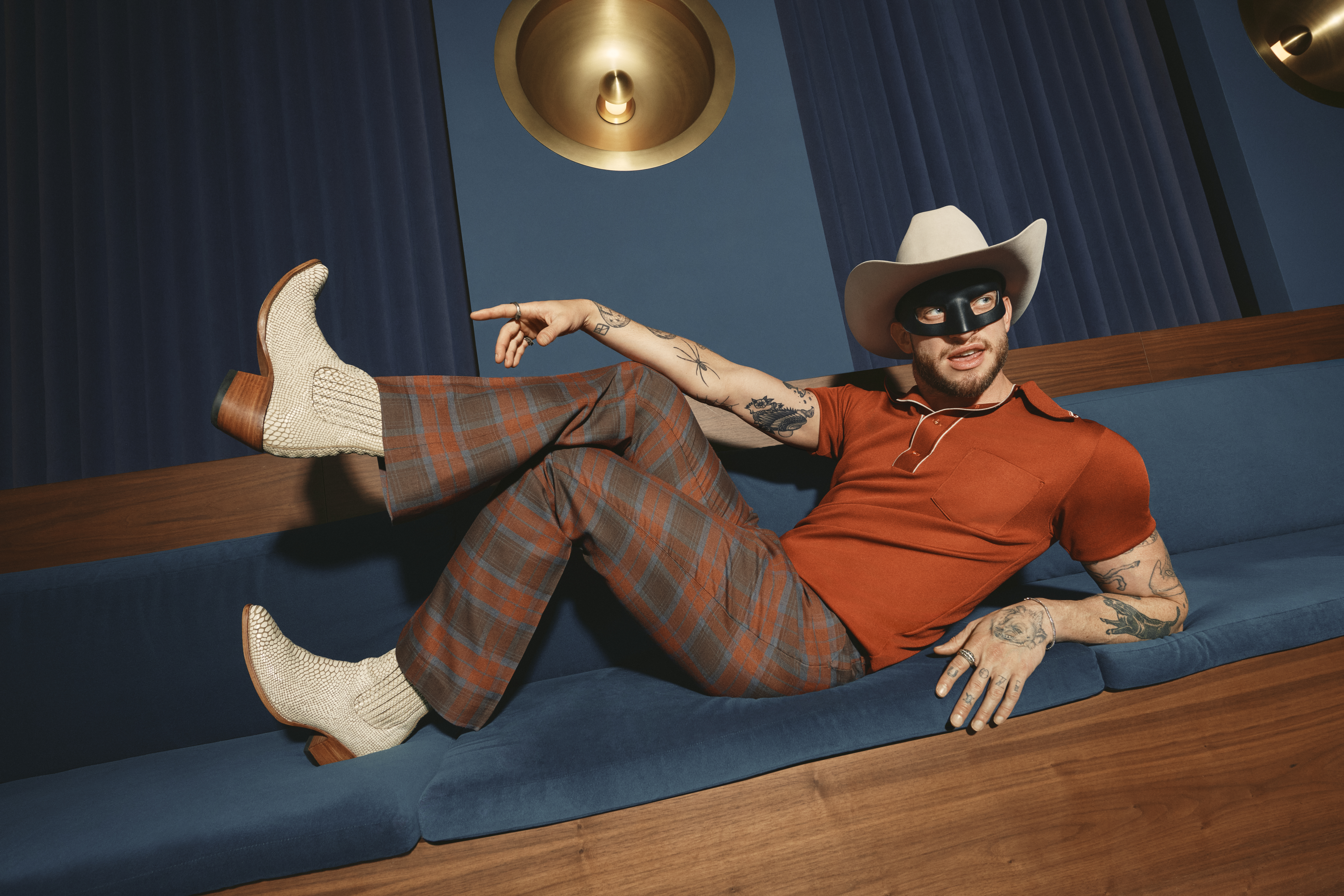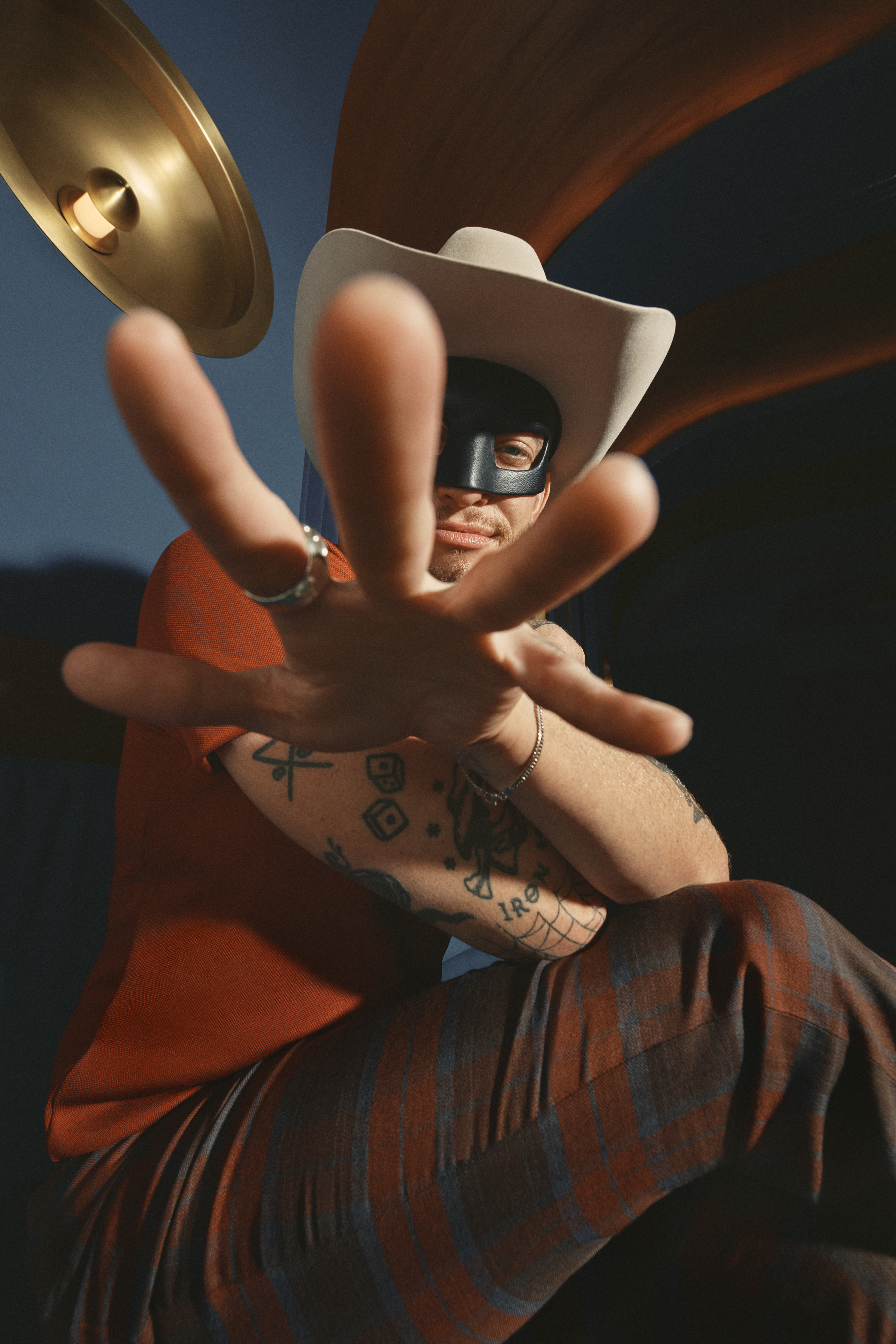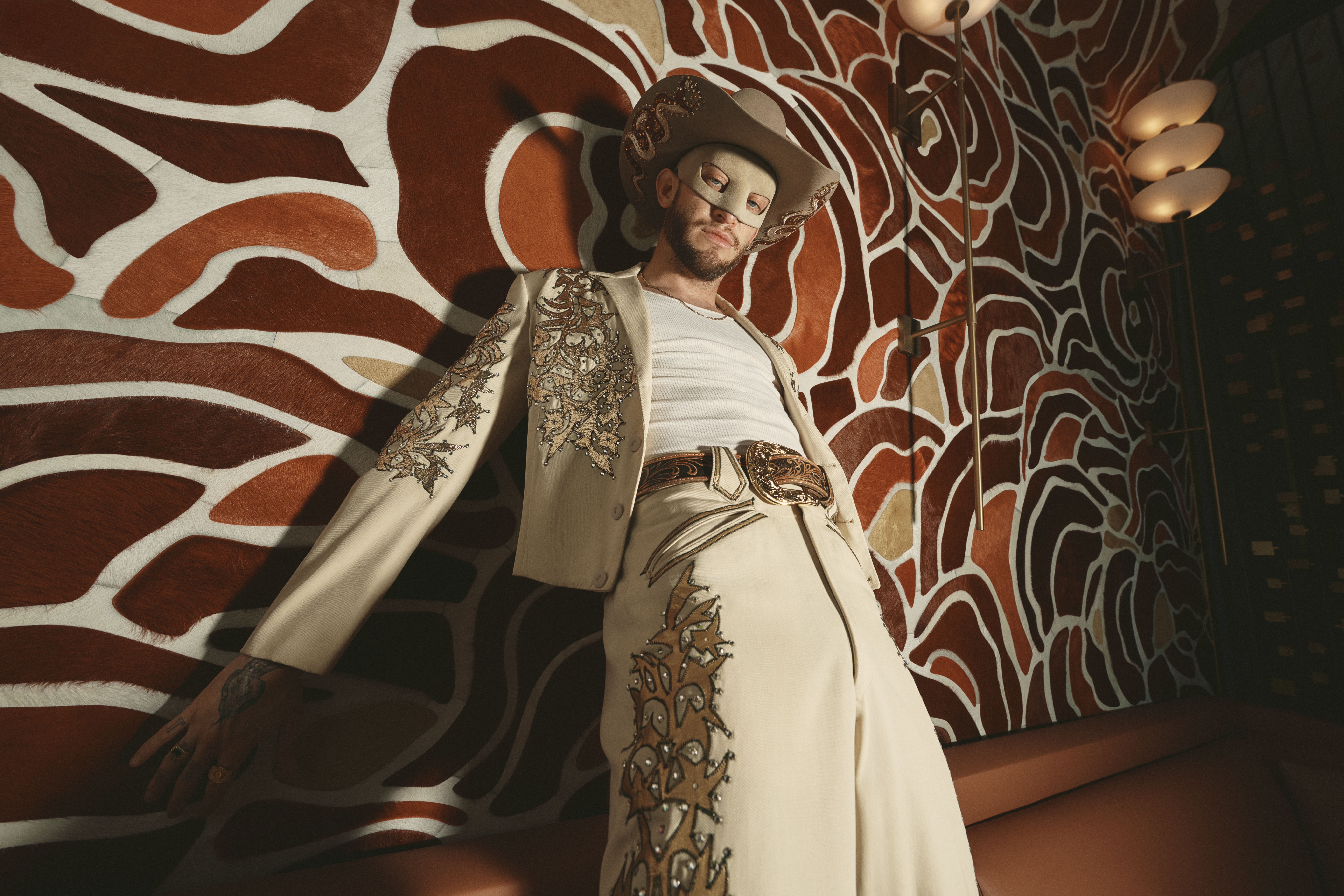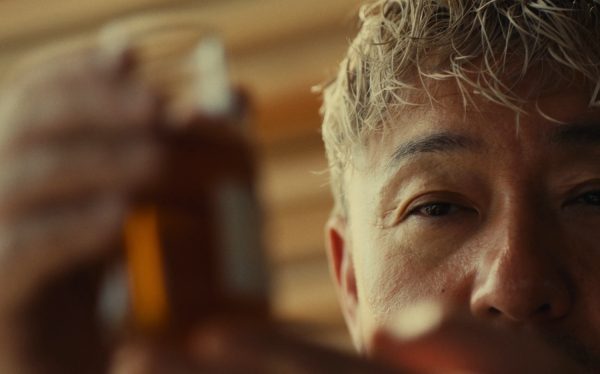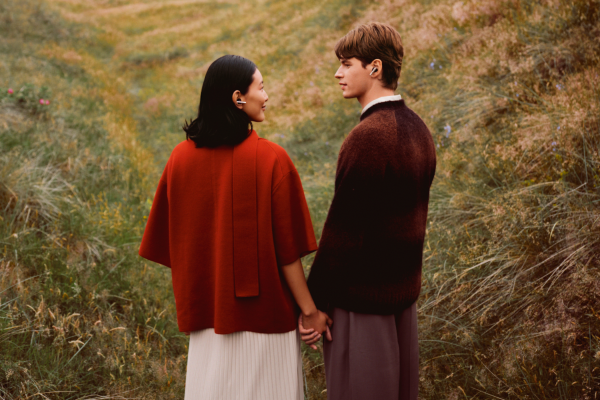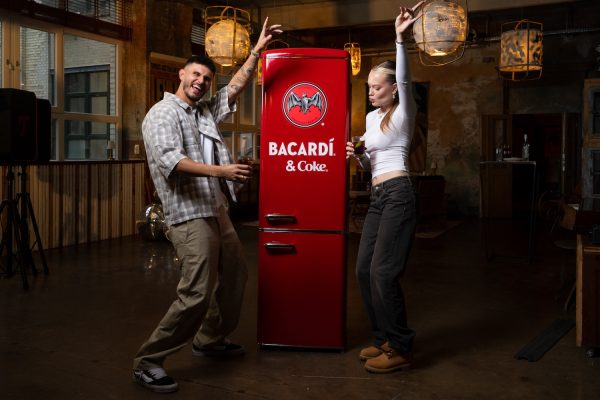
When one thinks of an island getaway, the first things that spring to mind are sandy beaches, releasing baby turtles as they hatch from their eggs, and snorkelling under the sun. The Faroe Islands are nothing like that. Set in the wild North Atlantic, halfway between Iceland and Norway, the Faroe Islands couldn’t be any more different than your traditional Bali and Maui island getaways.
Like any other island, the Faroe Islands boasts unspoiled lands, stunning landscapes and great expanses of wilderness but that’s where the similarities end. The Faroe Islands has its own unique and quirky charm: the number of sheep (80,000+) outnumber the population of people (less than 55,000), houses belonging to alleged witches from centuries ago are now celebrated restaurants, and dubbed as the ‘land of maybe’ due to its unpredictable weather, the Faroese rely on their own Facebook group for whenever someone needs anything or to lend a hand.
Picturesque grass-roofed houses (a nod to the island’s Viking heritage), where the Faroese people live, are an iconic sight to see and they dot the rugged vistas in great expanses of green fields or set on the tip of a mountain beside one of the Faroe Islands stunning waterfalls tumbling from hillsides. Whilst these solitary houses might suggest that the Faroese people are reclusive, shy and wary of outsiders, the Faroese people are anything but that. Although the self-governing archipelago is absolutely huge—the Faroe Islands comprises 18 islands—everyone knows everyone and the community is incredibly tight-knit.
The Faroe Islands sounds like a hugely daunting travel task but Schön! has rounded up the best things to do and see in these mysterious and remote islands.
DO
The Faroe Islands is its own natural outdoor playground. All you have to do is step out and you’re surrounded by the sea, waterfalls, steep mountains, and great volcanic rock formations… This is really a place for people who like to hike and wander about.
A great place to start is to explore the capital Tórshavn. With its quaint Wes Anderson-esque harbour and grass-roofed houses (now restaurants and cafes) all arranged higgledy-piggledy, creating charming narrow walking paths and alleys. There’s also Tórshavn’s Old Town, which is a bit like a time capsule, with its towering old timber homes and their unruly grass roofs and ancient black, tarred houses. Old storehouses now serve as home to the Faroese government.


Outside the capital, the villages all have their unique charms and landmarks. Not to miss:
Tjørnuvík, with its black beach and two freestanding rocks rising from the sea known as Risin and Kellingin (the giant and the witch). On the way there, look out for the Fossá waterfall, the Faroe Islands’ highest waterfall.
A beauty-spot not to miss is the stunning Múlafossur Waterfall. The scenic village of Gjógv and its natural harbour is also worth a visit purely for its picturesque and quaint qualities.
Serving up major gothic vibes, the historic village of Kirkjubøur is the most important historical site in the Faroe Islands. Aside from being insanely atmospheric, with its black grass-roofed houses and imposing St Olav’s Church, the village is home to the impressive ruins of the Saint Magnus Cathedral dating back to the 13th century. Look out for Roykstovan—one of the oldest inhabited wooden houses (we’re talking Middle Ages) in the world.
To get a proper taste of Faroese culture and really integrate with the locals, the best thing to partake in is Heimablídni. The Faroese phrase “heimablídni” translates to “home hospitality,” and all across the islands, visitors can enjoy a traditional Faroese home-cooked meal in people’s homes or farms. You can be hosted by anyone: from farmers and fishermen to general food enthusiasts. Here, Schön! met power-couple farmer Harriet and her husband John who are active in preserving the Faroese horse and big on self-sufficiency. After a farm-tour, we were served bowls of soup and waffles slathered in homemade and home-grown rhubarb jam on their farm overlooking the ocean.
As cliche as it might sound, the people make the place. And, yes, whilst there’s great things to do and all the luxury creature comforts us outsiders need (luxury hotels and Airbnb’s with jacuzzis overlooking the islands), the Faroese people are what make the place unique.






EAT
Despite its remote location, the foodie scene in the Faroe Islands is buzzing and surprisingly contemporary. A couple of our favs:
- ROKS
Overlooking the harbour, in the islands capital Tórshavn, ROKS has a reputation as a Michelin-guide restaurant. Set in an ancient, turf-roofed building, the interior is rustic and the vibe is super chill and laid-back. Only come here if you love seafood because (aside from dessert) seafood is literally the only thing on offer at ROKS. The menu is fixed and showcases seafood dishes that combine modern and classical cooking techniques. The seafood is excellent (unsurprisingly, as fishing is the lifeblood of the Faroe Islands) and each little dish has its own unique charm and flavour. Standout dishes are: the razor clam tartare and the snow crab with burnt onion butter.
Schön! recommends: go for the big menu for the full ROKS experience.
- TARV
The TARV (Faroese for ‘The Bull’), is a rustic grill-house that gives major Viking pirate vibes. The interiors are cosy and the food is hearty and delicious. Think: meat, seafood, giant steaks and fish, all cooked on a charcoal grill. Portions are generous, so come here hungry.
Schön! recommends: although Tarv specialises in high-quality beef, go for the Faroese salmon and the very traditional Faroese wind-dried lamb.



Remote, unspoilt and a little surreal, the Faroe Islands prove to be an island getaway that needs to be added on your must-visit-islands itinerary list.


Learn more at visitfaroeislands.com.
words & photography. J. Bibi Cooper




